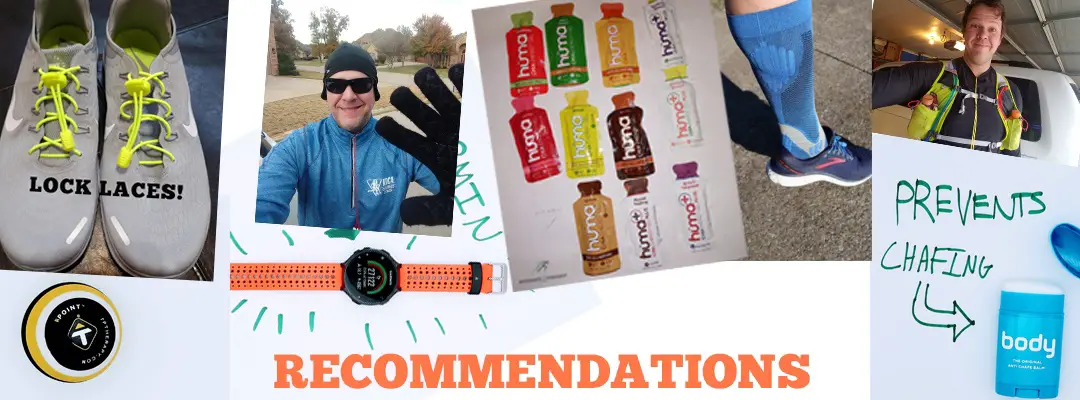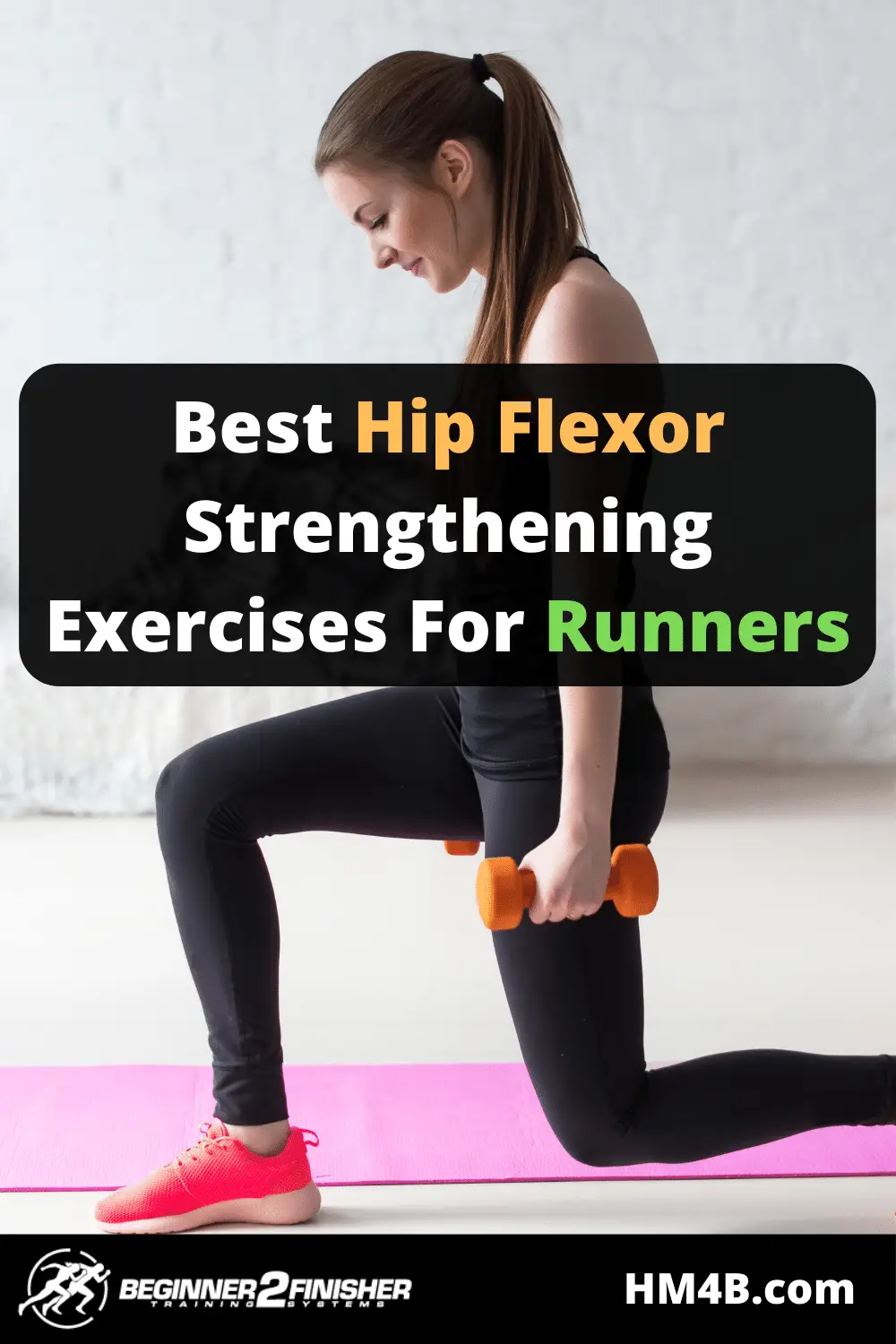The 4 Best Hip Flexor Exercises For Runners
If you’ve had to take a break from running because of pain in your knees, hamstrings, or ITB, you will be surprised to learn that the culprit could be your hips. As you run, weak and inflexible hips can cause patellofemoral pain syndrome (Runner’s Knee), ITB syndrome, and even lower back pain. So, what can you do to prevent any further damage?
Adding hip flexor exercises to your strength training routine can greatly benefit your running. Stronger and more flexible hips will shift some of the strain out of your legs and lower back to help alleviate knee and ITB pain. These exercises are quick but powerful, so don’t neglect your hip flexors.
In this guide, we will thoroughly explain what the hip flexors do, why they are so important for runners, and what you can do to strengthen them. We will then give a step-by-step explanation for each exercise and explore which muscles they work. So, let’s get started!
What are the Hip Flexors?
The hip flexors are a group of muscles located at the top front of your legs, where the thigh meets the hip. They include the psoas muscle, rectus femoris muscle, sartorius muscle, iliacus muscle, and the iliocapsularis muscle. These five muscles extend all the way to the knee and play a crucial role in basic leg movements.
When you lift your leg to step forward, your hip flexors raise your upper thigh into the air, allowing you to bend your knee. If they are weak or inflexible, you won’t be able to raise your leg as high or as quickly, causing you to dump strain into your knees and lower back.
Exercises to Strengthen Your Hip Flexors
You can strengthen your hip flexors by adding the following 4 exercises to your workout routine:
- Hip Abductions (x10 for each leg)
- Heel Drop and Heel Hike (x10 for each leg)
- Knee Drive (x8 for each leg)
- Weighted Lunges (x10 for each leg)
If you are unfamiliar with any of these exercises, you can find a brief explanation detailing how to perform the movements as well as an overview of which muscles they target.
Hip Abductions
Hip abductions are a fantastic exercise for building strength and balance throughout your hip abductors. Stronger hip abductors will help you raise your legs higher and focus your workouts into your hip flexors.
To perform a hip abduction:
- Begin by standing on a step or a box with your feet positioned parallel to the ledge. Place one hand on your chest to aid with balance.
- Gently swing your outward foot up and away from the ledge. Extend it as far out as you can without hurting your hip or losing balance.
- Lower your foot and leg back down and repeat 10 times. Switch sides and repeat on your other leg.
You can regress the exercise by not lifting your leg as high, or you can increase resistance using a band.
Heel Drop and Hip Hike
Heel drop and hip hikes will help retrain your hip flexors to support your legs as they raise your thighs up against gravity. This exercise will target your psoas and rectus femoris muscles.
To perform a heel drop and hip hike:
- Begin by standing on a step or a box with your right foot hanging over the ledge. Place your hands on your waist to aid with balance.
- Gently bend your left knee and drop your right heel down towards the ground. Do not extend all the way to the ground; only far enough that you feel that your hip is activated.
- Hike your hip back upwards until you are in a standing position. Repeat 10 times and then switch to your other leg.
You can regress the exercise by not lowering your hips as deeply, or you can increase resistance using ankle weights.
Related: Best Ankle Braces For Running With Peroneal Tendonitis
Knee Drives
This band exercise is wonderful for specifically targeting your hip flexors, glutes, and even your hamstrings. It strengthens the essential muscles you use to run, thereby helping to eliminate strain on your joints and ligaments.
To perform a knee drive:
- Stand with your feet shoulder-width apart with your feet between a band. Raise your arms as if you were going to lunge forward or begin running.
- Bend your knee and lift one foot upward, making sure to lift against the band for added resistance. As you lift, gyrate your arms as if you were running.
- Lower your foot back down and return your arms to their original position. Repeat 10 times and then switch to your other leg.
- This exercise should look as if you were running in slow motion.
You can regress the exercise by performing it without a band, or you can increase resistance by using a tighter band.
Related: When To Run Through Pain And When To Call It Quits
Weighted Lunges
They may seem like a simple exercise but lunges are the ideal workout for your hip flexors. Also, they specifically target the entire upper thigh, meaning you’ll strengthen every muscle within the hip flexor muscle group.
To perform a weighted lunge:
- First, stand with your feet shoulder-width apart with either a medicine ball held against your chest or a pair of dumbbells down by your sides.
- Step your right foot forward and bend the right knee down into a right angle. Lower your left knee until it is hovering just above the ground.
- Step through the lunge and return to a standing position. Repeat the exercise on your other leg.
- Take 10 lunges on each leg, making sure not to bend your forward knee past your toe.
You can regress the exercise by reducing the amount of weight you use, or you can increase resistance with more weight.
Related: 7 Best Bodyweight Exercises To Strengthen Runners’ Quadriceps
Conclusion
If you have been experiencing a lot of pain in your knees, ITB, or lower back after running, you may want to add these five hip flexor exercises to your workout routine. They are quick, easy, and will specifically target your hip flexors and abductors to put more strength into your running. In as little as 10 minutes each day, you’ll help heal and improve your running.
| Help support me and subscribe to my YouTube channel. YouTube video - 30 ways to make your runs less painful! Coach Scott's Credentials:
|
To sign up for a FREE half marathon training schedule, log sheet, and pace predictor CLICK HERE.

Recommended gear for runners
Connect with me:
| facebook.com/BeginnerToFinisher/ |
References

